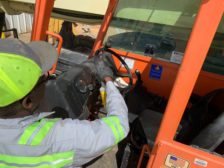Workplace Training Strategies
Produce a powerful workforce by implementing 3E
Engage, educate, empower
September 17, 2020
Never miss the latest news and trends driving the safety industry
eNewsletter | Website | eMagazine
JOIN TODAYCopyright ©2024. All Rights Reserved BNP Media.
Design, CMS, Hosting & Web Development :: ePublishing










